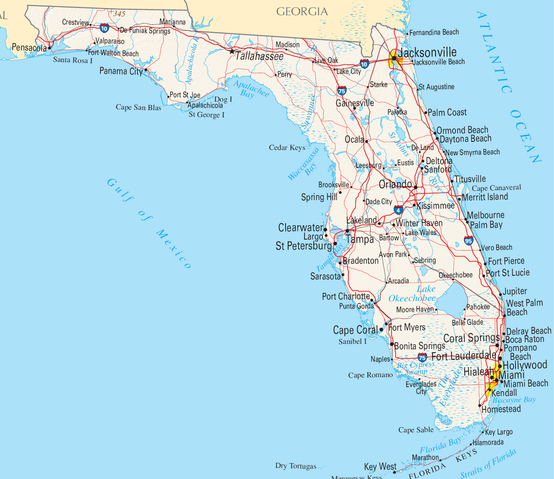The number of confirmed cases of Hansen’s disease, or leprosy in Florida increased from 10 in 2014 to 27 in 2015, according to Florida Department of Health data.

Brevard County alone reported 11 confirmed leprosy cases, while 12 other counties saw 1 or 2 confirmed cases. Outbreak News Today reached out to the Brevard County Health Department for a statement as to the cause of such an increase (more physician awareness, more hunter exposure to armadillos, etc) compared to 2014 when 3 cases were confirmed and health officials responded with the following generic comment:
Hansen’s disease, formerly known as leprosy, is caused by Mycobacterium leprae (M. leprae )bacteria. The infection has also been identified in nine-banded armadillos. Approximately 95 percent of people are resistant to infection; people who develop clinical illness can experience a wide range of clinical manifestations, but typically develop infections involving the skin, peripheral nerves and nasal mucosa.
Although the mode of transmission of Hansen’s disease is not clearly defined, most investigators believe that M. leprae is usually spread person-to-person in respiratory droplets following extended close contact with an infected person, such as living in the same household. Extended close contact with infected armadillos may also pose exposure risk to M. leprae. For many cases, the exposure causing the infection is unknown because it can take months or years for illness to develop. In Florida, between 2 and 12 cases are reported each year.
Hansen’s Disease, or leprosy, continues to be a rare condition. The department advises that people avoid interacting with any wild animals, including armadillos.
Nationally, according to the Notifiable Diseases and Mortality Tables through Dec. 19, is 63 cumulative cases. However, not all states consider Hansen’s disease a “reportable disease”, in fact eight states do not report leprosy.
Hence, the information on this infectious disease is incomplete at best.
The National Hansen’s Disease Program states that 294 new cases were reported in the U.S. in 2010 (the most recent year for which data are available). Most (97 or 65%) of these new cases were reported in California, Florida, Hawaii, Louisiana, Massachusetts, New York and Texas.
LISTEN: Leprosy in the US; Ticks 101: Outbreak News This Week Radio Show


Until last year I headed up The LEPROSY Mission in Northern Ireland, a post I held for almost 30 years.
If health departments reduce their vigilance in detecting LEPROSY because they feel that in their geographical area the number of new cases is continuing to fall, they may well face a situation of cases beginning to increase again, perhaps at an alarming rate. Since we are still not sure what causes Leprosy or how it is transmitted between people, this is not the time to do anything which may reduce detection rate.
Add to this, that a doctor could go through his entire medical career without seeing a single case, and the eradication of leprosy becomes ever more difficult to envisage.
WHO has revised its figures of eradication a number of times since the middle 1990s, and we are as far away from eradication as we were 20 or more years ago
The latin term “festine lente” springs to mind. Make haste slowly is a good transallation of this phrase. In other words let us not make assumptions on the success of the battle against leprosy until we are much more sure of our facts, and until we can answer some very basic medical questions about the disease.
And never let us forget that those who suffer from leprosy are not statistics or cases or victims – they are real people living the only lives they’ve got, and doing so against great odds. Each one has contracted.leprosy as an individual , and they must be treated both medically and socially as individuals.